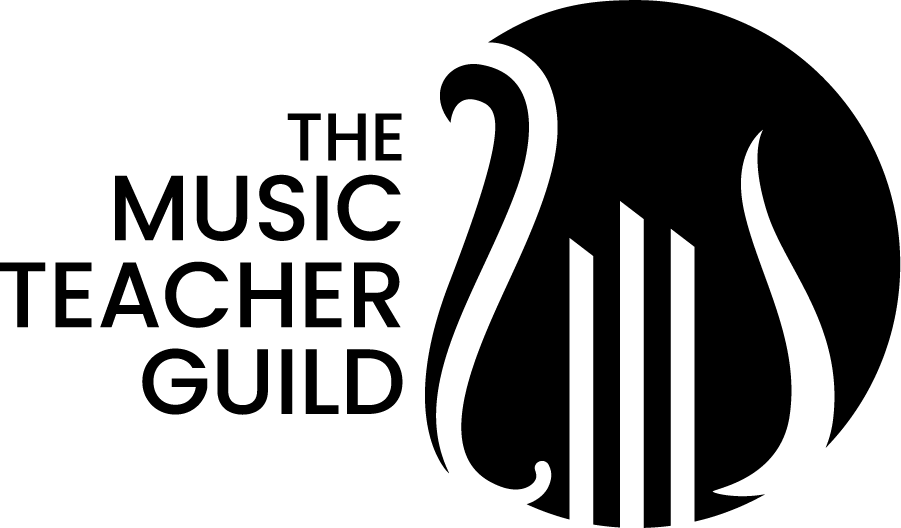Guide to Freelance Music Teaching
Why Freelance Music Teaching is a Great Career Choice
Freelance music teaching is more than just a job—it’s a lifestyle that allows you to share your love of music while enjoying the flexibility of being your own boss. Whether you teach privately from home, online, or travel to students’ homes, freelance music teaching offers freedom in your schedule, the ability to set your rates, and the opportunity to create meaningful connections with students. Plus, with the rise of digital learning platforms, it's easier than ever to reach a global audience of eager learners.
Step 1: Establish Your Teaching Niche
One of the most important steps in freelance music teaching is to define your niche. While it might be tempting to offer lessons for every instrument or genre, specialization often leads to better results and more targeted marketing. Here are some benefits of finding your niche:
Differentiation: Standing out in a crowded market is crucial. Specializing in a specific instrument, age group, or style (like classical piano, jazz saxophone, or beginner guitar) can help you carve out a distinct identity.
Expertise: Focusing on a specific niche allows you to hone your teaching skills and provide high-quality lessons, leading to better student outcomes.
Popular Niches in Freelance Music Teaching:
Instrument-specific teaching (guitar, piano, violin, etc.)
Vocal coaching for specific genres (pop, opera, musical theatre)
Music theory and composition
Early childhood music education
Online lessons for international students
Step 2: Setting Up Your Freelance Business
Once you’ve defined your niche, it’s time to get your freelance teaching business off the ground. Here are some key steps to setting up a successful business:
Create a Business Plan: Outline your goals, your target market, and how you’ll attract students. Include plans for pricing, marketing, and expenses.
Legal Considerations: Depending on your location, you may need a business license or to register as a sole proprietor. Be mindful of taxes, and keep detailed records of your income and expenses.
You can also explore platforms like Zoom or Skype for online lessons, which expand your reach far beyond your local area.
Step 3: Finding Your Students
Once your business is set up, the next challenge is attracting students. Here’s how you can get started:
Marketing Strategies for Freelancers:
Build a professional website showcasing your teaching services, experience, and testimonials from past students.
Use digital marketing strategies such as email campaigns and content creation (e.g., blog posts, video lessons) to attract potential students.
Create listings on platforms like TakeLessons, Thumbtack, or social media.
Leveraging Social Media & Word of Mouth: Social media can be a powerful tool for freelance music teachers. Regularly post content like short performance clips, student success stories, and tips on learning instruments. Also, encourage your current students to spread the word—referrals are a fantastic way to grow your client base.
Step 4: Setting Rates and Managing Finances
Pricing your services correctly can be tricky as a freelancer. You want to remain competitive, but also value your time and expertise. Here’s what to consider:
How to Set Competitive Prices: Research what other teachers in your area and niche are charging. Consider factors like your experience, education, and the length of lessons. You can also offer package deals for a series of lessons, which encourages commitment from students.
Tools to Help You Manage Income & Expenses: Freelancers often juggle many tasks, and keeping track of finances is one of them. Consider using tools like QuickBooks or Wave to manage invoicing, track expenses, and ensure you’re setting aside enough for taxes.
Step 5: Building and Maintaining Relationships with Students
Success as a freelance music teacher hinges not only on attracting students but also on retaining them. Building strong, long-lasting relationships with your students will lead to steady work and glowing recommendations.
Tips for Communication & Retention: Be responsive, patient, and encouraging. Establish clear communication channels so students feel comfortable reaching out with questions.
Managing Scheduling and Cancellations: Use scheduling tools like Calendly or Acuity to streamline bookings and minimize no-shows. Have a clear cancellation policy in place to protect your time.
Conclusion: Thriving as a Freelance Music Teacher
Freelance music teaching offers endless opportunities for growth and fulfillment. By defining your niche, setting up a solid business, and staying organized, you can build a successful career on your own terms. With passion and perseverance, you can inspire students to reach their full potential and enjoy the freedom and creativity that comes with freelancing.

